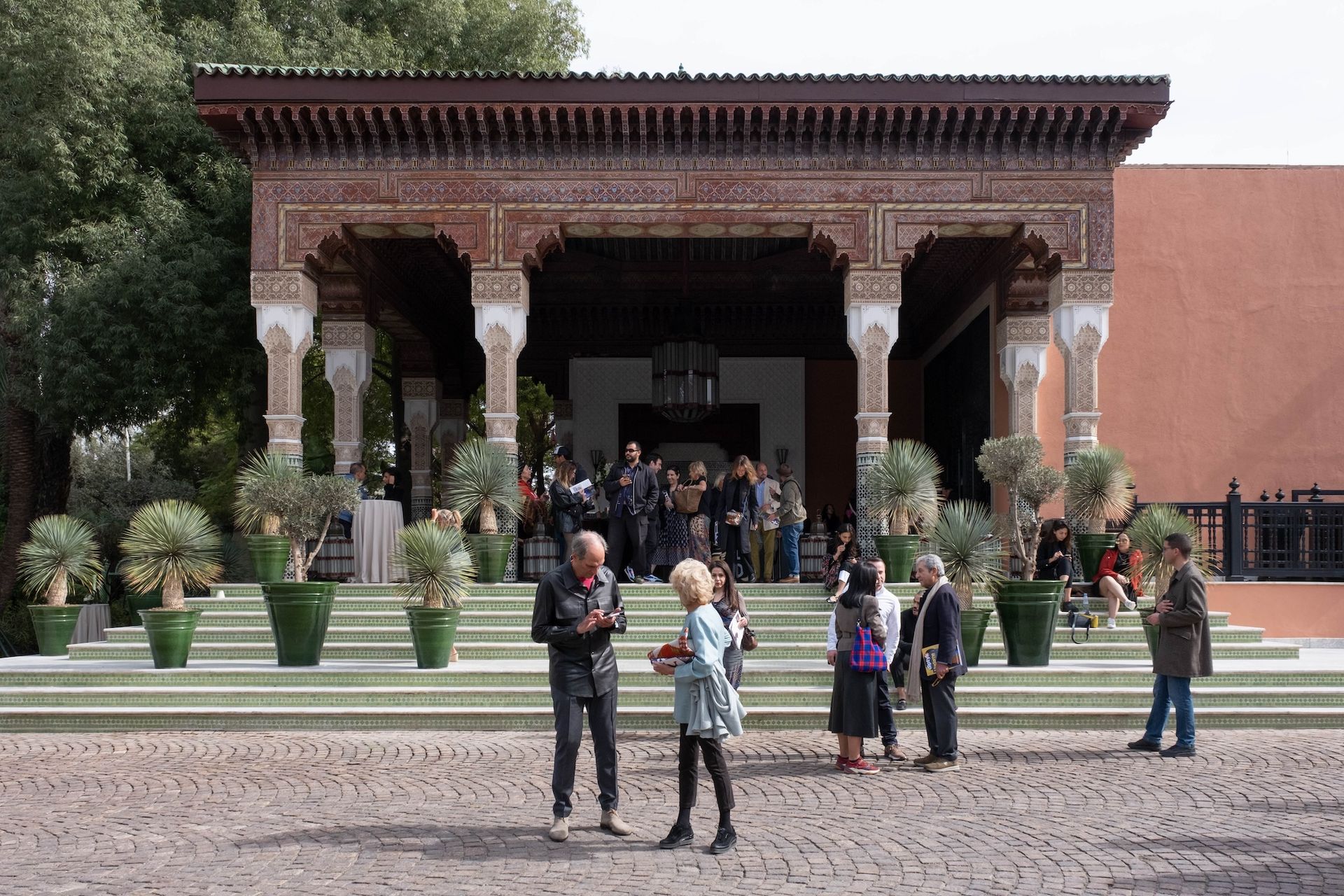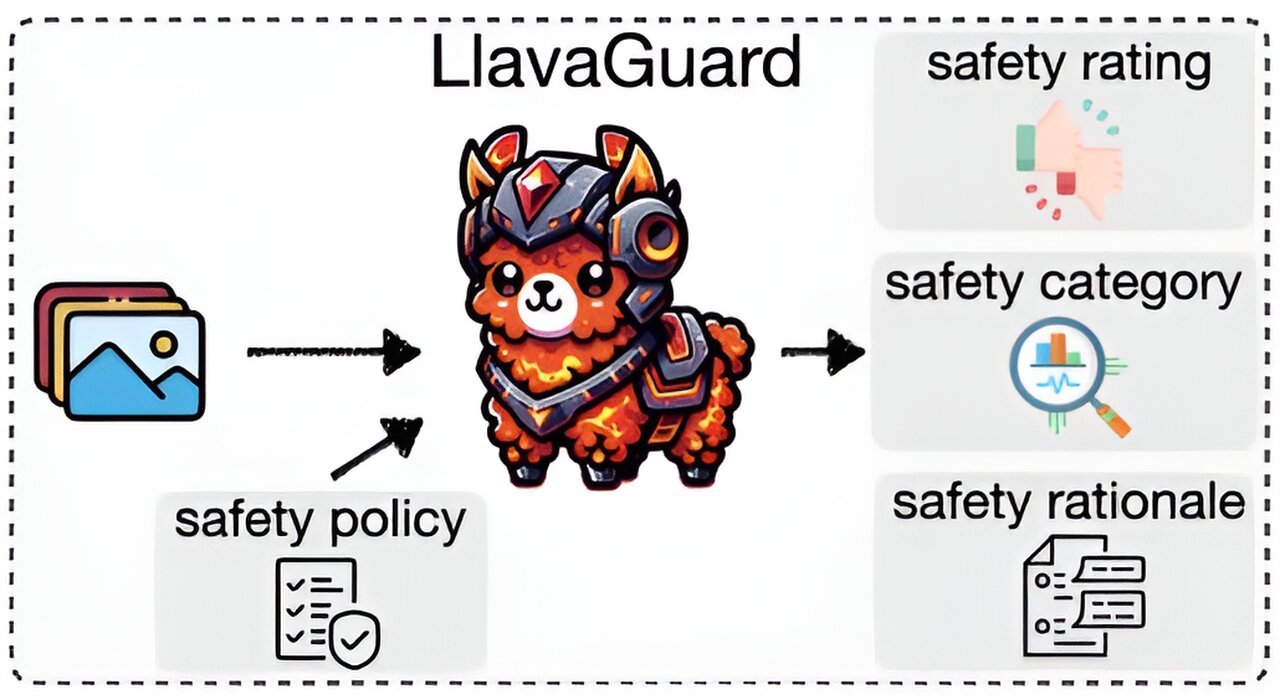The 2024 1-54 Contemporary African Art Fair’s Morocco edition held at the prestigious Marrakech’s Mamounia hotel, but for the first time, it also took place at DADA, a multidisciplinary art space that is currently mid-renovation.

The fair’s fifth iteration which ran from 8 until 11 February showcased a total of 27 exhibitors; fourteen from the African continent, and eight based in Morocco—twice as many as last year. This year, gallery’s and art spaces had an astounding number of artists, many of which create textiles through their work, contributing to Morocco’s centuries-old tradition.
GALARIE ATISS

At the 2024 edition of 1-54 Marrakech, Galarie Atiss highlighted four artists from very different cultures: Ngimbi Bakambana Luve from the Democratic Republic of Congo, Ousmane Bâ from Senegal, currently residing in Japan, Yadichinma Ukoha Kalu, an artist from Nigeria, and MDD from Rwanda.
Founded in 1996 by Aissa Dione, Galerie Atiss Dakar opened with a first exhibition of the well renowned Senegalese artist Soly Cissé. In the proceeding years the Gallery has gained a reputation for spotting and incubating raw artistic talent from West Africa, often presenting such artists for the first time to an international audience. This includes names such as Serigne Mbaye Camara, Camara Gueye and artists from further afield in West Africa such as Jems Robert Koko Bi, Sokey Edorh and others who have gone on to achieve international acclaim.
RETRO AFRICA

Retro Africa presented “Harmonising narratives” a group presentation featuring Nigerian artists Ayanfe Olarinde, Uthman Wahaab and Adewale Kolawole John in conversation.
Adewale Kolawole John’s portrait artistry is centered on preserving the rich heritage of Yoruba traditional music through his portrayal of Sakara Musicians. His work serves as a poignant reminder of the importance of safeguarding cultural roots and connecting with the past.
Ayanfe Olarinde, on the other hand, delves into a more introspective realm, exploring themes such as self-image, identity formation, social reality, collective history, and mental health. Her use of the scribbling technique adds a layer of complexity to her work, allowing for an interrogation of emotions and an exploration of fluidity in form. Olarinde’s art provides a lens through which viewers can reflect on personal imperfections and the continuous journey for acceptance.
Finally, Uthman Wahaab’s exploration of various styles and mediums delves into complex social phenomena both within Africa and globally. His critical examination of language, religion, ethnicity, and socio-economic crises highlights the intricacies of decolonizing Black bodies and underscores the contemporary relevance of historical legacies.
And for this reason, “Harmonizing Narratives” displays the unity in diversity through the juxtaposition of these artists’ works. While their styles and mediums differ, their shared focus on preserving culture, celebrating shared human experiences, and confronting complex social issues unites them under the overarching theme of unity and harmony.
REVIE PROJECTS

Founded in September 2023 in Paris, Revie Projects is a dynamic curatorial platform dedicated to supporting and promoting emerging art on a global scale.. Based in Montrouge, close to Paris, Revie Projects is a multifunctional curatorial platform whose production studios are regularly open but lack a formal exhibition space at this time. They brought to the fair, a rich immersive experience into the works of four talented artists; Mounir Ayache, Margaux Derhy, Mehryl, Ferri Levisse and El Mehdi Largo.
Mounir Ayache’s technological creations cast an unfamiliar light on the political and social realities of the Arab world. By envisioning alternate futures, Ayache proposes an image of the Arab world radically different from those circulated in the West. El Mehdi Largo employs photography, video, installation, and ceramics to explore strangeness, identity, and endurance at the intersections of art and social sciences. Largo’s practice delves into the tangible aspects of reality, navigating themes of endurance, breath, and life’s fragility, especially in the context of identity and peculiarity. The platform also presented works by the late Mehryl Ferri Levisse who explored subjectivity and queer identity, his work challenging gender norms through pageantry and masquerade. There are works by Margaux Derhy whose artistic practice is deeply rooted in family narratives and her Franco-Moroccan heritage, serving as a reflection on emotional bonds, transmitted memories, and the vacant spaces left by absence. Additionally, she explores the diverse facets of pluridentity.
kó ART SPACE

kó Art Space devoted their booth to feature works by Ngozi-Omeje Ezema, Sepideh Mehraban and Eva Obodo. Lagos’s Kó gallery, which participated in 1-54 Marrakech for the first time, placed an installation piece by the Nigerian artist Ngozi-Omeje Ezema with an unnamed French institutional collection. Her work often forms the shape of animals and objects that take on metaphorical connotations and symbolic meanings. Sepideh Mehraban an Iranian-born artist explores memory and landscape, looking at the overlaying and veiling of paint as a means of expressing layers of existence and experience. For Eva Obodo, incorporating discarded materials such as charcoal and jute fibre, creates visual narratives that evoke the complex socio-political and economic structures that frame contemporary culture. With this beautifully curated booth, kó successfully drew fair goers in.
GALLERY 1957

One of the first booths one saw when entering the fair is Gallery 1957, named after the year Ghana declared its independence. Their booth showcased three captivating oil on canvas works by Amoako Boafo, each boasting his innate skills as a portrait artist to capture the subtle nuances of his subjects with a generous dose of indulgence in style and pattern. Zanele Muholi’s powerful and reflective self-portraits explore themes including labour, racism, Eurocentrism and sexual politics, rendered in a striking black and white. Rita Mawuena Benissan’s culturally rich tapetires weave together influences form the Ashanti kingdom in Ghana, archival images of Ghanaian history and aesthetics of the Harlem renaissance to elucidate a feeling of identification and locality.










